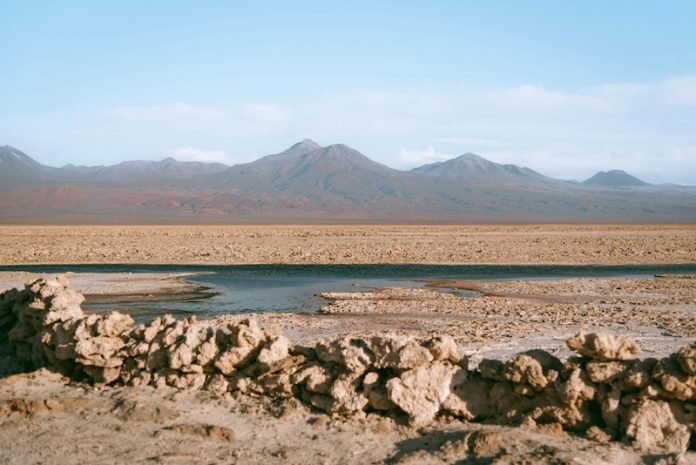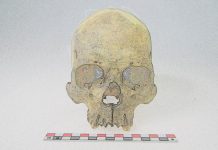
In the remote Cajamarca Basin of northern Peru, a groundbreaking discovery has been made by two University of Wyoming anthropology professors, revealing a glimpse into the ancient architectural marvels of the Andes.
This discovery features one of the earliest circular plazas known in Andean South America, marked by its unique megalithic construction that utilizes large, vertically placed stones without the use of mortar.
The Callacpuma site, where this plaza is located, has been under the scrutiny of Associate Professor Jason Toohey and Professor Melissa Murphy since 2015.
It wasn’t until 2018 that their team began to unearth the secrets held within this ancient plaza, leading to significant insights into the architectural practices of the region’s early inhabitants.
Published in the journal Science Advances, their research paper titled “A Monumental Stone Plaza at 4750 BP in the Cajamarca Valley of Peru” introduces this monumental plaza as the earliest of its kind in the northern Andes.
Radiocarbon dating has pinpointed its construction to around 4,750 years ago, during the Late Preceramic Period. This places the plaza’s origins contemporaneously with Stonehenge and predates the Great Pyramids of Egypt by a century.
The significance of this plaza extends beyond its age and construction technique. It provides a window into the social and ceremonial life of the early people of the Cajamarca Valley.
These communities, primarily hunters and gatherers, were on the cusp of adopting agriculture and animal domestication.
Spanning about 60 feet in diameter, the plaza is defined by two concentric stone walls, standing as a testament to the ingenuity and communal effort of its builders.
The project has not only involved Toohey and Murphy but also Patricia Chirinos Ogata from the University of California-Santa Barbara, alongside a dedicated team of students from both Peru and the U.S.
Toohey, who has been conducting fieldwork in the Peruvian Andes since 2003, emphasizes a holistic and multidisciplinary approach to archaeology.
Murphy, with her specialization in bioarchaeology, brings a keen insight into the biological aspects of the ancient inhabitants.
Together, their work sheds light on the complexities of early Andean societies and their monumental achievements.
Beyond the academic implications, this discovery holds significant cultural value. The team actively engages with the local communities surrounding the Callacpuma site, sharing their findings and emphasizing the importance of preserving this ancient heritage.
This collaborative effort aims to foster a deeper appreciation and understanding of the rich cultural history embedded within the Peruvian landscape.
As research continues, the Callacpuma plaza stands as a powerful symbol of the ancient world’s architectural and social sophistication.
It challenges our understanding of early civilization in the Americas and opens new avenues for exploring the prehistoric roots of communal and ceremonial life in the Andes.
The research findings can be found in Science Advances.
Copyright © 2024 Knowridge Science Report. All rights reserved.



